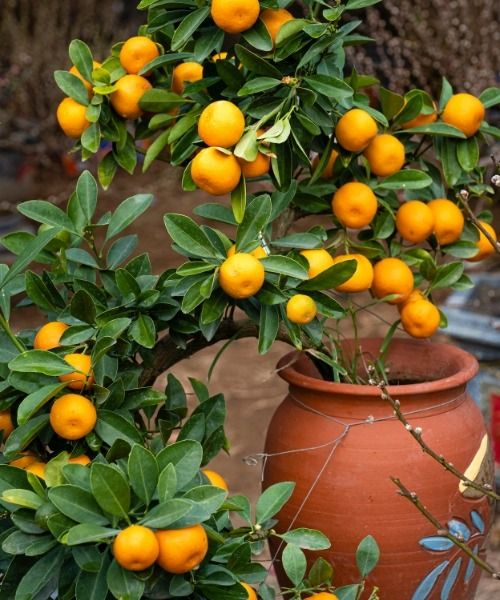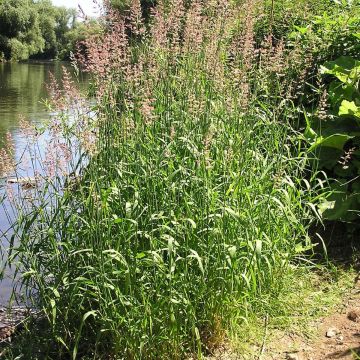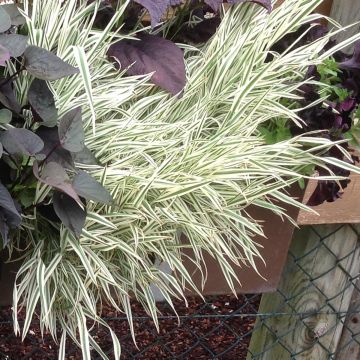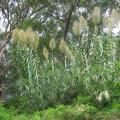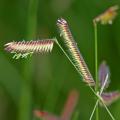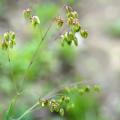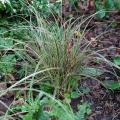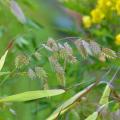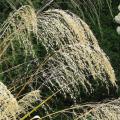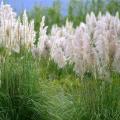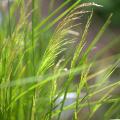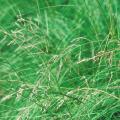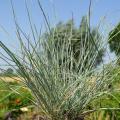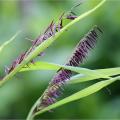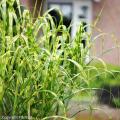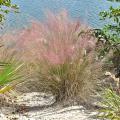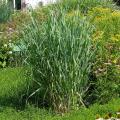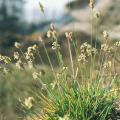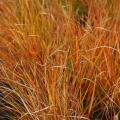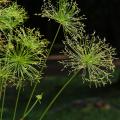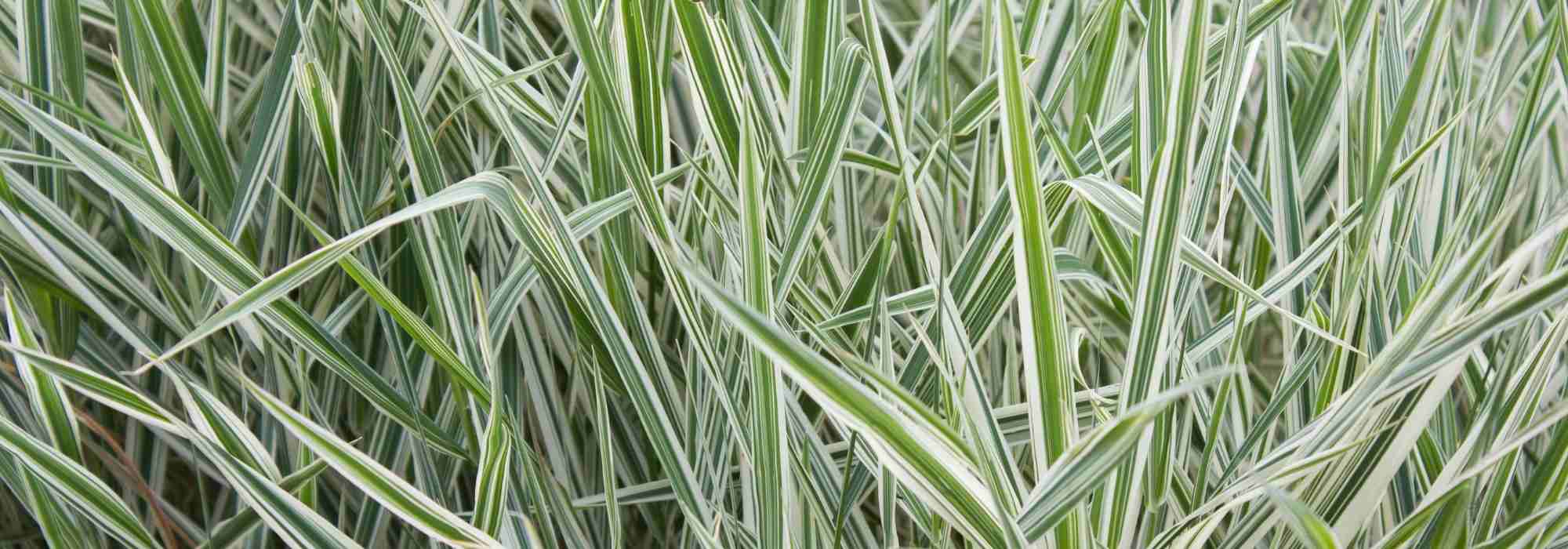Phalaris
Would this plant suit my garden? Set up your Plantfit profile →
Available in 1 sizes
Available in 2 sizes
Available in 1 sizes
Phalaris, better known as the Shepherd's Ribbon, is also called Alpiste or more rarely baldingère. This plant, from the Poaceae family, is a vigorous grass with spreading rhizomes used in gardens in its variegated form Phalaris arundinacea 'Picta'. Its ornamental value is evident in flower beds, where it brings light, volume, and verticality. This plant is also very useful for stabilizing banks. Phalaris arundinacea or False Reed Canary Grass is also a remarkable purifying plant, widely used for the construction of lagoons. As it spreads through its rhizomes and self-seeds in the garden if conditions are favourable, it is necessary to control its growth, especially in moist soil. The Shepherd's Ribbon thrives in many situations, making it suitable for use in a natural or slightly wild garden. It looks stunning in perennial or bush beds and is valuable for landscaping difficult areas such as the cover of large trees, where it colonizes the ground. This plant effectively stabilizes slopes and water edges, and can also be grown in pots to control its spread. It is not demanding in terms of soil, very hardy, and almost fail-proof. The Shepherd's Ribbon has good tolerance to summer drought, heavy and clay soils, and competition from tree and shrub roots.
Haven't found what you were looking for?

































